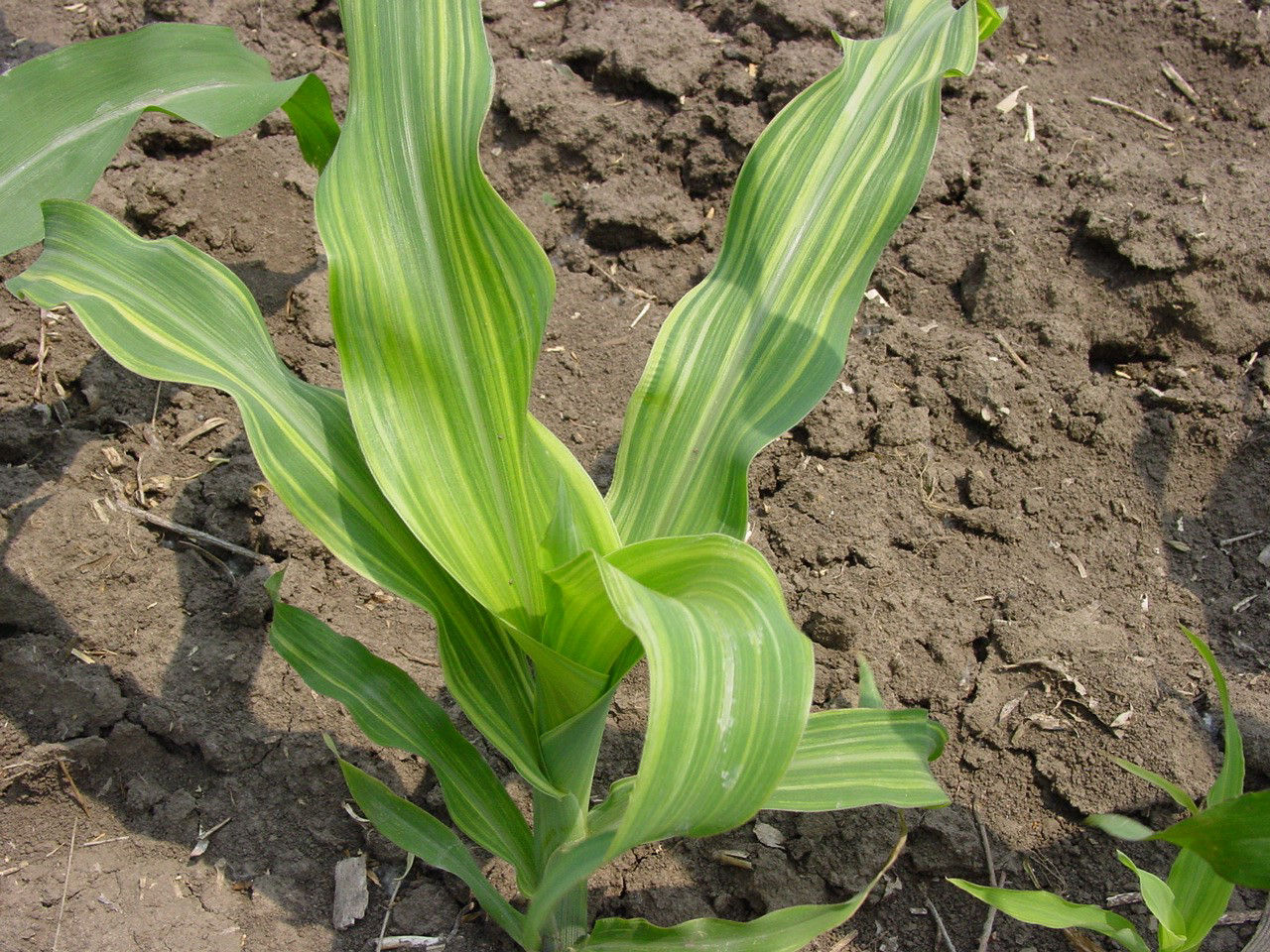Micronutrients Play a Vital Role in Maize – Maize is one of the most widely grown crops globally, and in Zambia, it is a staple food and an essential part of agriculture. While macronutrients like nitrogen (N), phosphorus (P), and potassium (K) receive significant attention, micronutrients are equally vital for healthy growth, disease resistance, and high yields. These essential elements, required in small amounts, influence various physiological and biochemical processes throughout the maize growth cycle.
Key Micronutrients and Their Functions in Maize Growth
- Zinc (Zn) – Essential for Root Development and Enzyme Activation
- Helps in seed germination and early seedling vigor.
- Plays a crucial role in enzyme systems that regulate growth.
- Deficiency symptoms: Stunted growth, interveinal chlorosis (yellowing between veins), and white bands on leaves hence Micronutrients play a vital role in maize.
- Boron (B) – Enhances Cell Division and Pollen Formation
- Supports cell wall development and reproductive growth.
- Improves pollen viability and grain formation.
- Deficiency symptoms: Deformed leaves, poor tassel and silk development, and low grain setting.
- Iron (Fe) – Critical for Photosynthesis and Chlorophyll Production
- Involved in energy transfer and respiration.
- Supports chlorophyll synthesis, which is vital for photosynthesis.
- Deficiency symptoms: Yellowing of young leaves (iron chlorosis), slow growth, and reduced photosynthesis.
- Manganese (Mn) – Aids in Enzyme Activation and Disease Resistance
- Helps in the breakdown of carbohydrates and nitrogen metabolism.
- Plays a role in chloroplast function, improving disease resistance.
- Deficiency symptoms: Pale green leaves with dark spots and slow growth.
- Copper (Cu) – Improves Pollen Viability and Grain Quality
- Enhances reproductive processes, leading to better pollination and grain filling.
- Supports plant lignin formation, which strengthens plant structure.
- Deficiency symptoms: Wilting, delayed flowering, and poor cob formation.
- Molybdenum (Mo) – Facilitates Nitrogen Utilization
- Helps convert nitrates into usable forms for plant growth.
- Improves overall nitrogen efficiency and protein synthesis.
- Deficiency symptoms: Yellowing of older leaves, poor nitrogen uptake, and weak plants.
- Magnesium (Mg) – Supports Energy Transfer and Grain Development
- A key component of chlorophyll, enhancing photosynthesis.
- Improves energy transfer, protein formation, and starch accumulation in grains.
- Deficiency symptoms: Yellowing between leaf veins, poor kernel development, and weak stalks.
- Sulfur (S) – Enhances Protein Synthesis and Disease Resistance
- Works alongside nitrogen to support protein formation.
- Improves root growth and overall plant strength.
- Deficiency symptoms: Light green or yellow leaves, slow growth, and reduced yields.
Micronutrient Management for Optimal Maize Production
To ensure maize plants receive adequate micronutrients, consider the following strategies:
- Soil Testing – Regular soil analysis helps determine deficiencies and guides fertilizer application.
- Balanced Fertilization – Use micronutrient-rich fertilizers, foliar sprays, or organic amendments like manure.
- Crop Rotation and Organic Matter – Improving soil organic matter helps maintain nutrient balance and availability.
- Correct Timing – Apply micronutrients at critical growth stages, such as early vegetative growth, pre-flowering, and grain filling.
Conclusion
Although required in small amounts, micronutrients significantly impact maize growth, yield, and quality. Farmers should pay attention to their soil’s micronutrient status and apply necessary interventions to achieve healthy, high-yielding maize crops. Proper management of these elements will ensure sustainable maize farming and improved food security. 🌽🚜
People Also Ask – Micronutrients in Maize
1. What are the micronutrients in maize?
Micronutrients in maize include Zinc (Zn), Boron (B), Iron (Fe), Manganese (Mn), Copper (Cu), Molybdenum (Mo), Magnesium (Mg), and Sulfur (S). These nutrients support growth, disease resistance, and grain development.
2. What are the most important micronutrients for corn?
The most important micronutrients for corn (maize) are Zinc (Zn), Boron (B), and Iron (Fe) because they play a crucial role in root development, pollen viability, and chlorophyll production, which directly impact yield and crop health.
3. What are the 7 micronutrients?
The seven essential micronutrients for plants are Zinc (Zn), Boron (B), Iron (Fe), Manganese (Mn), Copper (Cu), Molybdenum (Mo), and Chlorine (Cl). Each plays a unique role in plant metabolism, growth, and stress resistance.
4. What are micronutrients in plants PDF?
A micronutrients in plants PDF is a downloadable document containing detailed information on the role, importance, deficiency symptoms, and application methods of micronutrients in plant growth. You can find such PDFs from agricultural extension services, research institutions, or fertilizer companies. Would you like me to help you find one?
